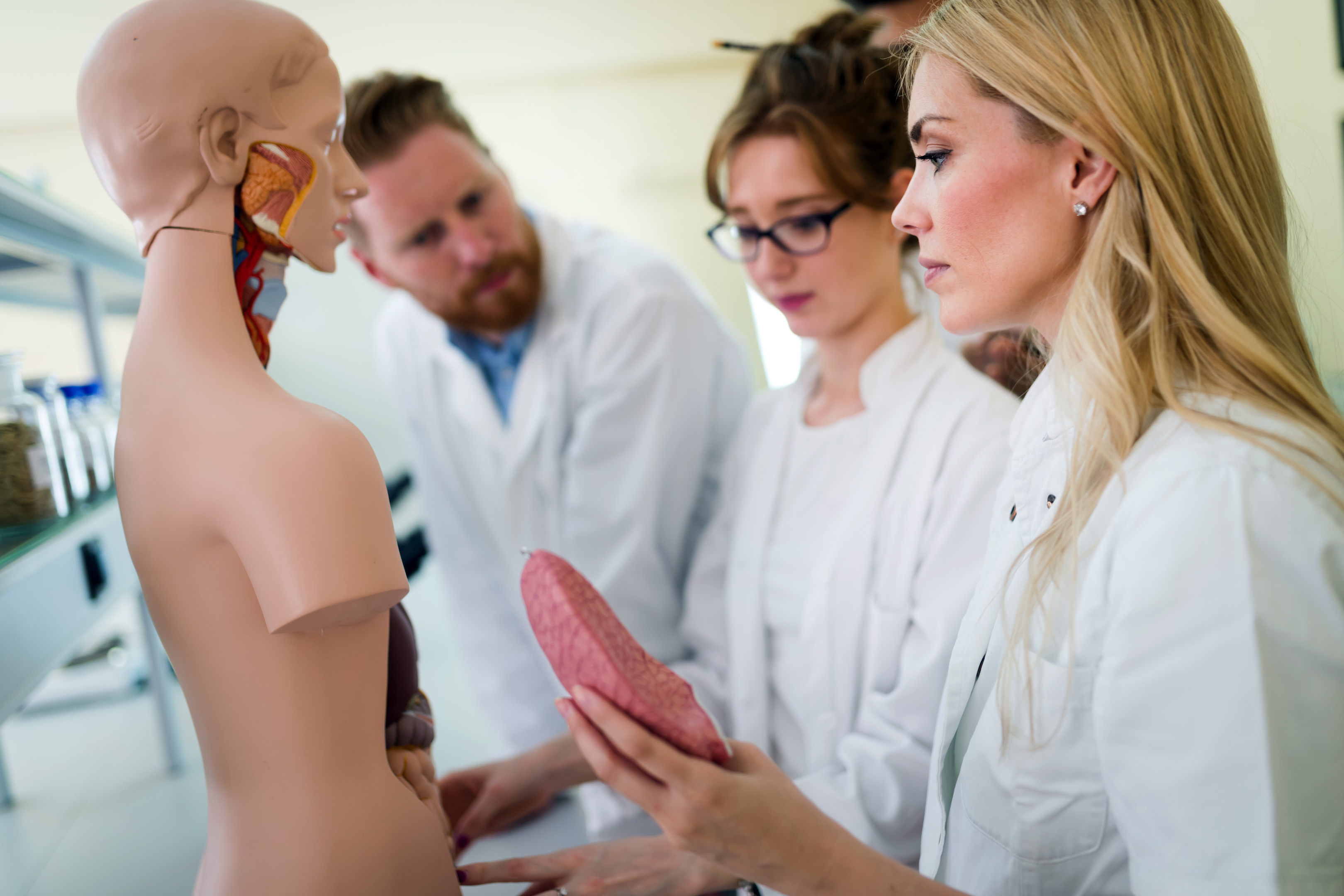
DUNEE University’s Dame Sue Black, Professor of Anatomy and Forensic Anthropology and Vivienne McGuire, Bequest Coordinator, tell Laura Smith the Honest Truth about why Scots are donating their body to medical science and why it’s vital for research
How common is donating your body to medical science in Scotland?
VM: The number of people donating their bodies to Dundee University has steadily increased, and threefold in the last decade. In 2017 we accepted 93 and are limited to the amount of bodies we can store, which is 145.
Why do you think this is?
VM: Our general attitude to death is changing. We’re no longer afraid to talk about death or what happens to our bodies after we die. Many people want to help make the world a better place even though they are no longer in it.
What are the benefits?
SB: We tend to think everything can be done on a computer or from a model but there is no substitute for learning human anatomy from a real human body.
We have about 900 medical, dentistry and forensic science students come through our department every year, as well as qualified doctors. These students may go on to cure a major certain ill in the future, and our donors will have played a part in that.
Are there limits to who can donate?
VM: There is no upper age limit – we don’t age discriminate. Our oldest donor was 106 and the youngest has been 36 but the majority are elderly or people with a terminal diagnosis.
Sometimes we can’t accept a body if the cause of death was an infectious disease or if the person has had a post mortem.
SB: Unfortunately, obesity is also a growing problem.
Donors who have passed away need to be within a certain BMI range for practical reasons concerning the embalming and storage process.
What happens when your body is donated?
VM: Consent must be given when a donor is still alive, in our declaration form or stated in a testified will. When a person dies we rely on next of kin or hospital to get in touch. If we can accept, the bodies are brought to our mortuary facility.
SB: We are the only facility in Scotland to use a process called Thiel embalming, a soft fix embalming that makes bodies more flexible and lifelike. That’s very important as it makes them realistic for our students.
What happens afterwards?
VM: We can keep bodies for up to three years after which we organise and cover cost of cremation. Next of kin can choose to have the ashes returned to them for private internment or arrange to scatter them.
We also have an annual funeral service attended by relatives and our students.
Why do people choose to bequeath their bodies?
SB: Mostly it’s altruistic. We see a lot who have been through the health system and want to give back. We get a lot of NHS staff and farmers! They have worked hard all their lives and it’s comforting to think they will still be of value after they die.

Enjoy the convenience of having The Sunday Post delivered as a digital ePaper straight to your smartphone, tablet or computer.
Subscribe for only £5.49 a month and enjoy all the benefits of the printed paper as a digital replica.
Subscribe